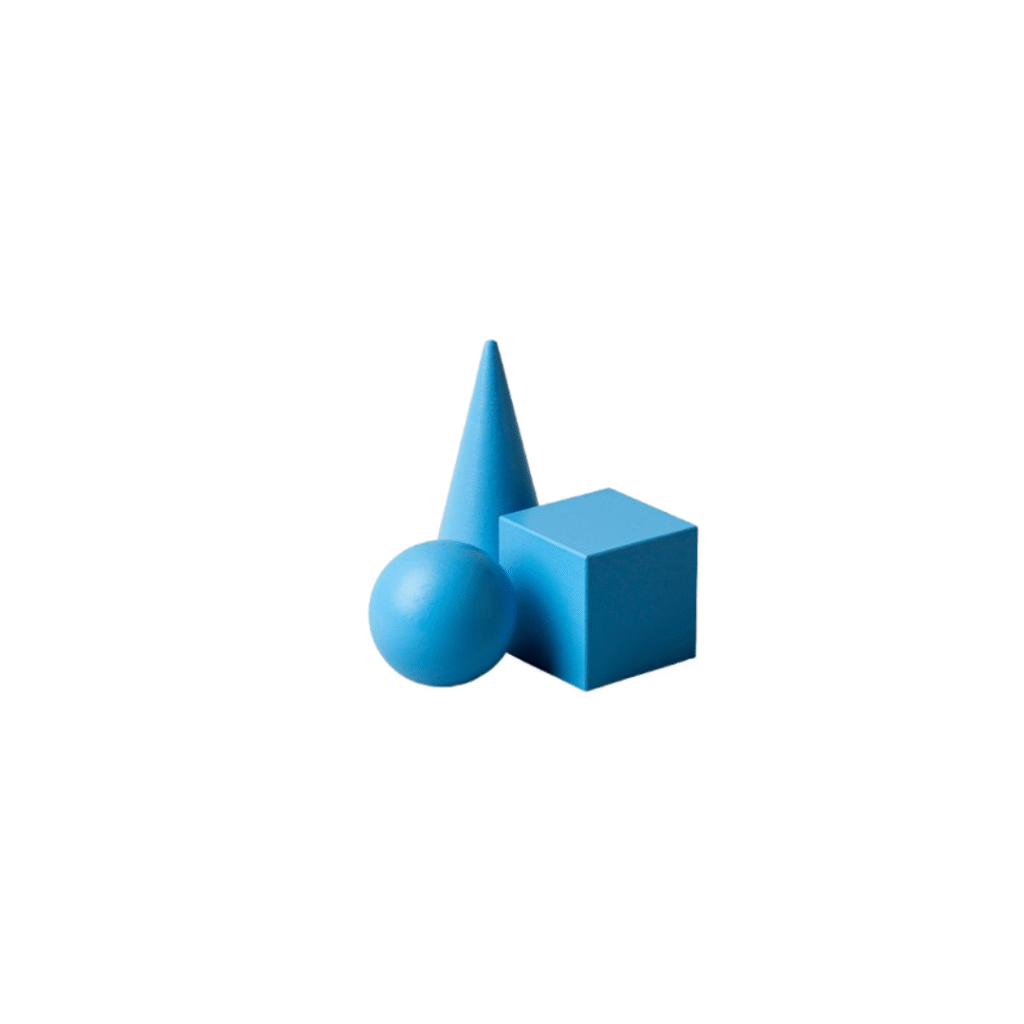Sound: Vibration, Transmission, and Impact
Explore how various instruments produce sound through **vibration**, understand **sound transmission**, and identify sources and controls for **noise pollution**.
Key Concepts and Activities
▼All sound is produced by vibrating objects. This energy then travels through a medium (solid, liquid, or gas) as a wave.
The toy telephone activity shows sound traveling well through a **solid string**. The rubber balloon activity demonstrates how the **eardrum** vibrates in response to sound waves, causing the dry cereal grains to jump.
Loud or unpleasant sounds cause noise pollution, which can lead to health problems like sleeplessness and anxiety.
Experiment 1: Musical Instruments and Vibrating Parts
Cycle through instrument types and identify the part that vibrates to create sound.
Experiment 2: Sound Transmission & Noise Control Challenge
Select a question and enter the correct answer based on the activities and concepts.
Common sources include vehicle horns, industrial machinery, and loud crackers/music. **Control measures** include using silencers on vehicles/machines, limiting the use of horns, and establishing quiet zones near hospitals and schools.
Communication and Auditory Health
The plastic can/balloon model shows that sound waves cause the rubber membrane (the eardrum analog) to **vibrate**. These vibrations are passed to the inner ear, allowing us to hear.
Learning sign language is essential for **effective communication** with those who are hearing impaired. It bridges the gap and promotes inclusivity.
Studying famous musicians helps connect the abstract concept of vibration to real-world artistic applications.


